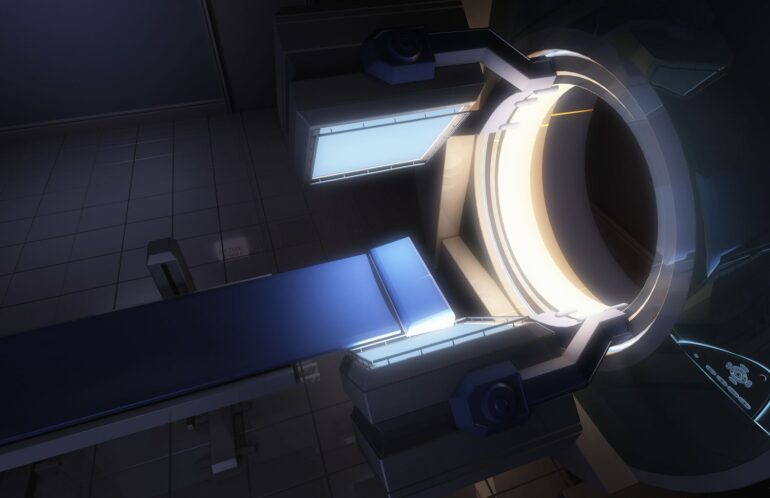TL;DR:
- AI techniques show high sensitivity and specificity in detecting Parkinson’s disease on DaT SPECT exams.
- A systematic review of 27 studies involving 13,000 patients and controls reveals significant advancements.
- 15 studies use traditional machine learning, 10 employ deep learning, and 2 combine transfer-learning with deep learning.
- AI algorithms achieve a median sensitivity of 96.4%, specificity of 95%, accuracy of 95.2%, and an area under the curve of 0.98.
Main AI News:
AI Advancements Transform Parkinson’s Disease Diagnosis In the realm of Parkinson’s disease diagnosis, artificial intelligence (AI) has emerged as a game-changer, particularly in the context of dopamine transporter (DaT) SPECT exams. A thorough and meticulous systematic review, spearheaded by Dr. Faranak Ebrahimian Sadabad from Yale University, offers invaluable insights into the dramatic strides made in this field. This comprehensive analysis scrutinized 27 studies, involving a staggering cohort of nearly 13,000 individuals comprising Parkinson’s disease patients and healthy controls.
Out of the 27 studies, 15 employed traditional machine-learning techniques, while 10 harnessed the formidable capabilities of deep-learning algorithms. Additionally, two pioneering studies ingeniously amalgamated transfer-learning methods with deep learning. The outcomes of these endeavors were nothing short of remarkable.
The machine-learning and deep-learning algorithms showcased an impressive median sensitivity of 96.4%, an equally remarkable median specificity of 95%, and a commendable median accuracy rate of 95.2%. The median area under the curve, a crucial indicator of diagnostic precision, reached an outstanding 0.98.
Conclusion:
The remarkable sensitivity and specificity of AI-driven methods in Parkinson’s disease detection on DaT SPECT exams signal a transformative shift in the market. As AI continues to enhance accuracy and efficiency in diagnosis, it presents substantial opportunities for healthcare providers and technology companies to offer improved diagnostic solutions, potentially revolutionizing the Parkinson’s disease diagnostic market.

